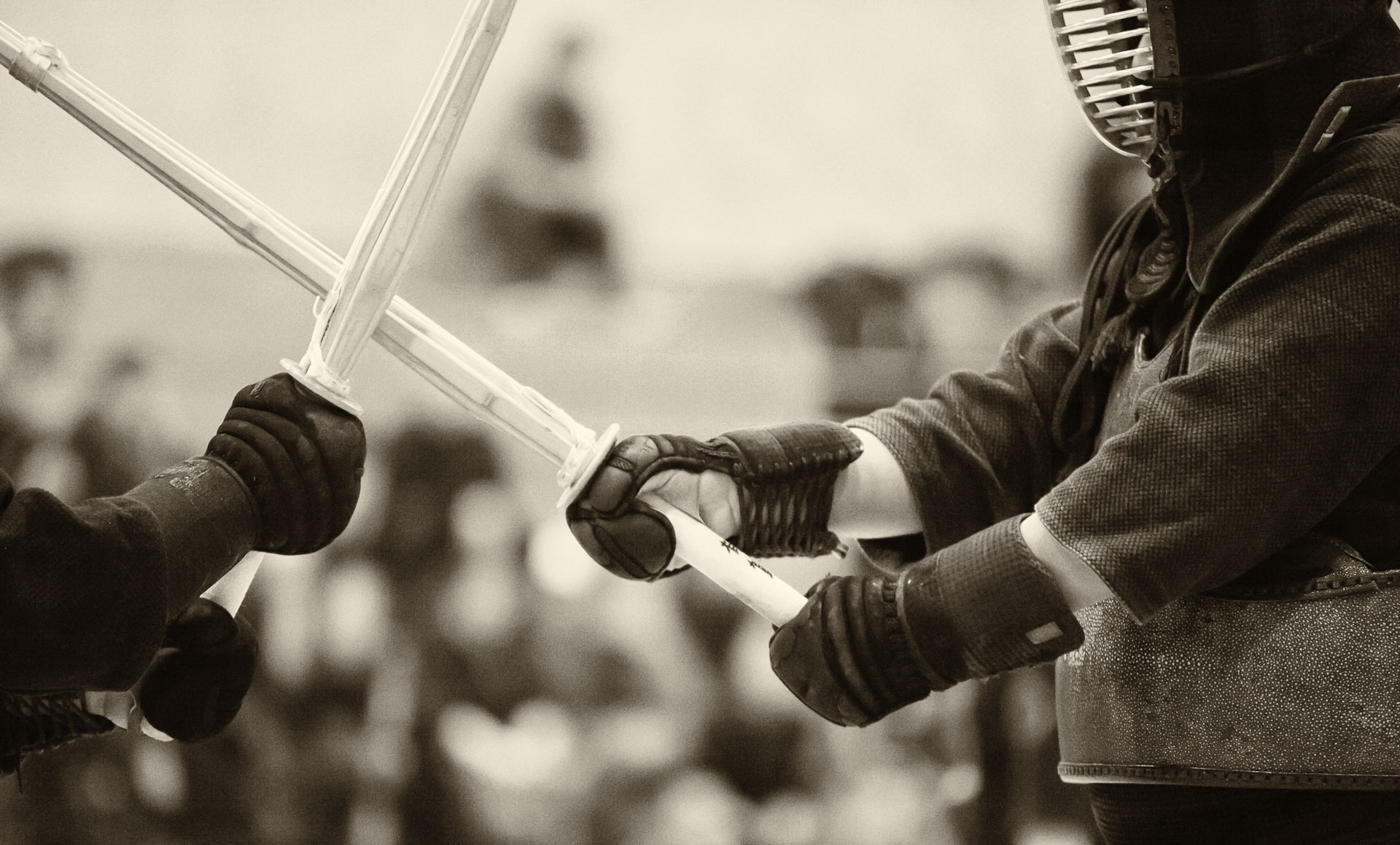
One of the most basic, but most useful techniques that I use in Adobe Photoshop is applying an adjustment only to a part of the photo. There are many different ways of doing this, but the procedure described below bypasses a tedious selection of of the small details of the area that needs to be adjusted.
Let’s consider the photo of the young dancer above as an example. Suppose that we want to increase the exposure of the girl, but leave the background as is. Note that increasing the exposure here is just an example of an effect. Similar things can be done with saturation, contrast, blur or other effects. The point is to show how to apply the effect selectively. Here is the set-by-step procedure:
1. Open the file on Photoshop. The image will be place on the background layer of the Photoshop document (as shown in the Layers panel at the bottom right of the Photoshop window).
3. In the Curves Properties window that appears, click in the middle of the curve and drag the handle that appears upward. This makes the entire image lighter, but at this point, consider only the dancer’s figure and mentally ignore the background – it will be excluded later. Also, you don’t have to be very precise with the degree of the adjustment either – it can be easily tweaked later (see step 7).

4. Select the layer mask of the curves layer and press CTRL-I. This fills the layer mask of the Curves layer with black colour, hiding all adjustments.

5. Select a soft round brush bush and with the layer mask selected paint with white colour, revealing the areas that are supposed to be affected by the Curves adjustment.
Couple of notes:
- I use a pressure-sensitive Wacom Intuos Pro graphics tablet
for these edits – it makes an enormous difference compared to using a mouse. In fact, I would not attempt this with a mouse, unless there would be no tablet available.
- There is a very useful keyboard shortcut for changing size and hardness of the brush: With the brush tool active, press Shift-Option (or Alt)-Control and drag left-to-right to adjust size or drag top-to-bottow to adjust hardness. A red image of the brush will appear to serve as a visual guide for these adjustments.
- There is no need to be very precise at this step. If you paint part of the background next to the girl, just ignore it – it will be taken care of at the next step. If you make an obvious huge mistake, paint the area black to hide the Curves adjustments there.
6. Now, the roughly painted-in selection can be refined in one easy step. There is no need to spend time selecting every individual hair around the dancer’s head, etc.
Instead, Double-click on the Curves adjustment layer anywhere to right of the layer mask. This opens a Layer Style menu.
At the very bottom, where it says “Underlying Layer”, press Alt (or Option) and click on the left (black) handle. This slits the handle in half; drag the right half to the right while observing the effect of the photo. Doing so makes the the Curves adjustment layer visible only in the areas where the underlying layer is brighter. Incidentally, if you Alt (Option)-click the right (fray) handle and drag one half of it to the left, you make the adjustment layer visible in the areas where the underlying layer is lighter. Once you’ve adjusted the slider position(s) to achieve the desired effect, click “Ok” in the Layer Style menu.

7. If the adjustment is too strong, it can be tweaked again in theCurves Properties menu – you can open it by double-clicking the Curves adjustment layer just to the right of the visibility icon, which looks like an eye. Alternatively, you can adjust the opacity of the entire adjustment layer to mute its effect.

8. This is it! Go to File > Save as… and save the file in a format that you need.















